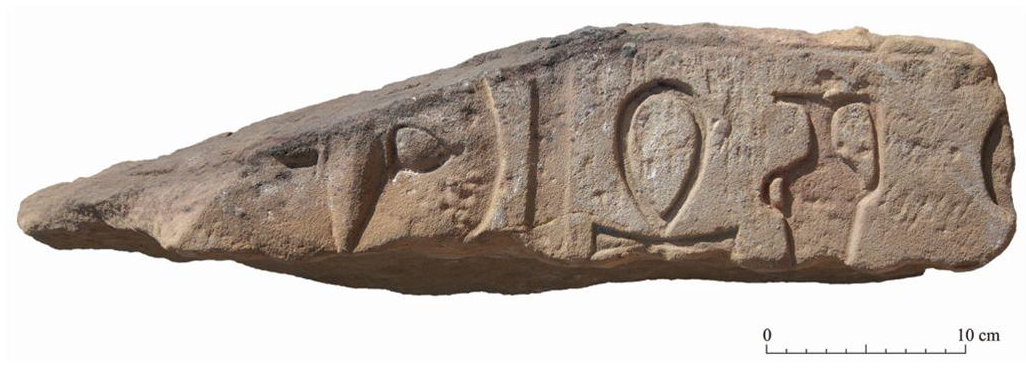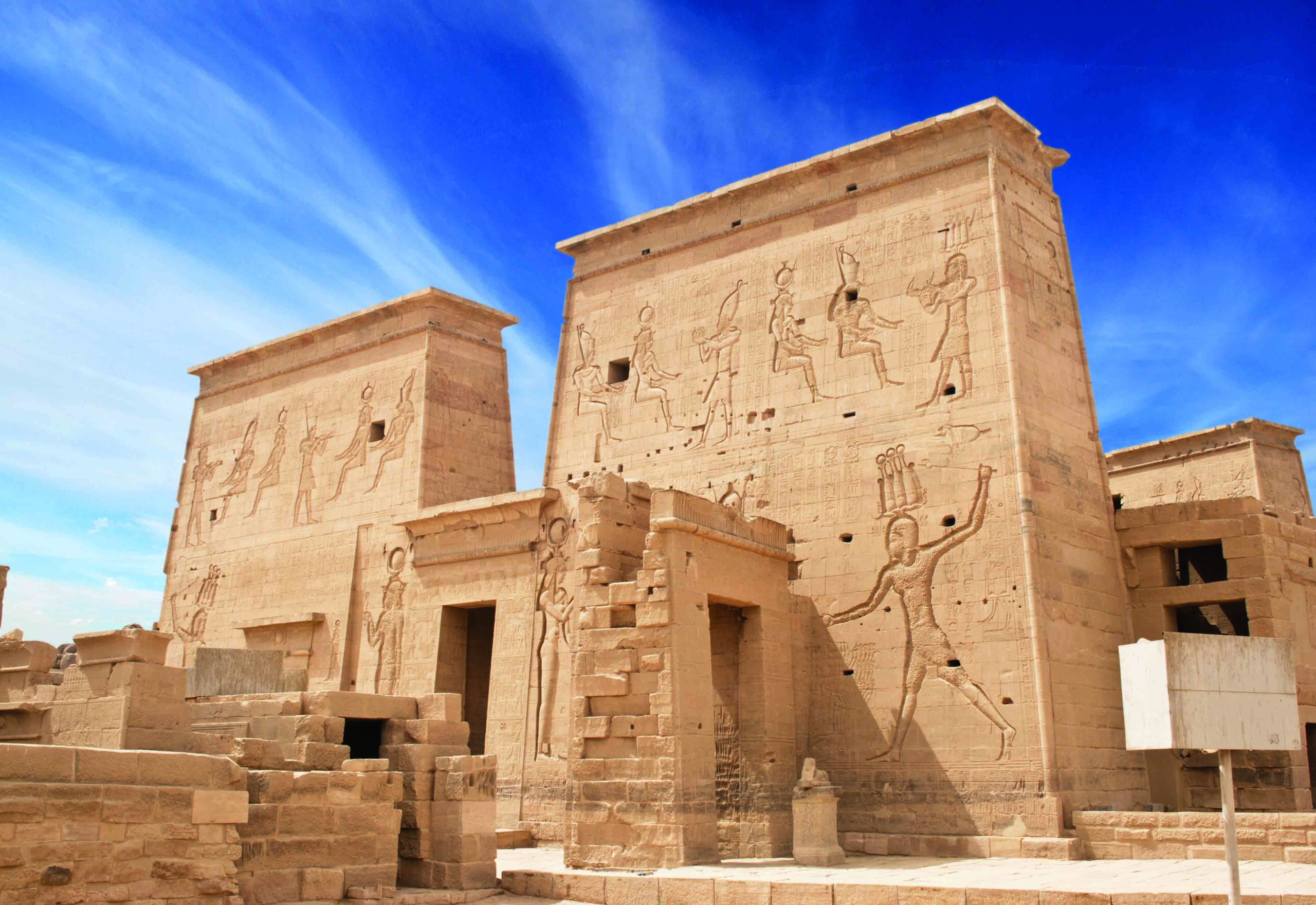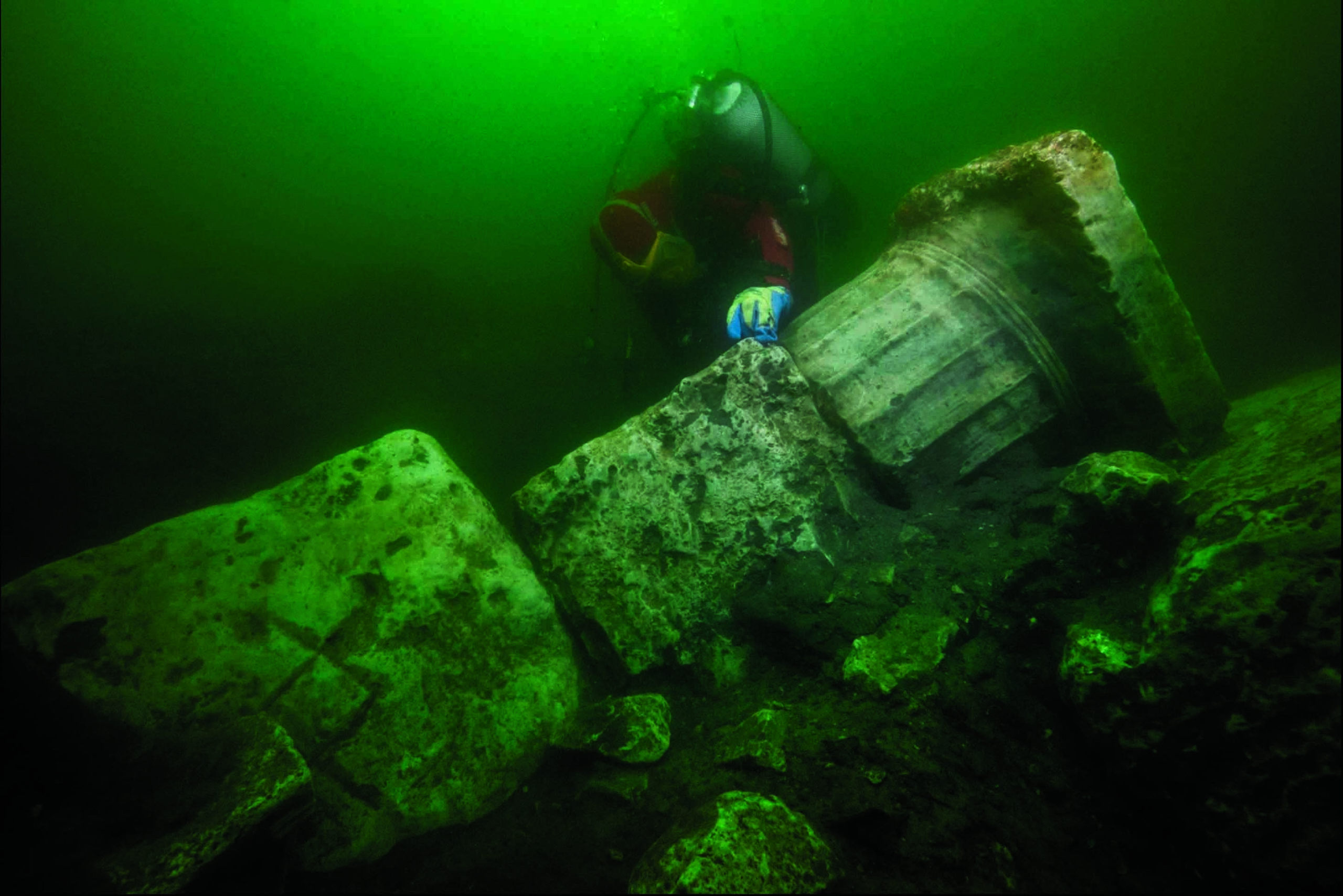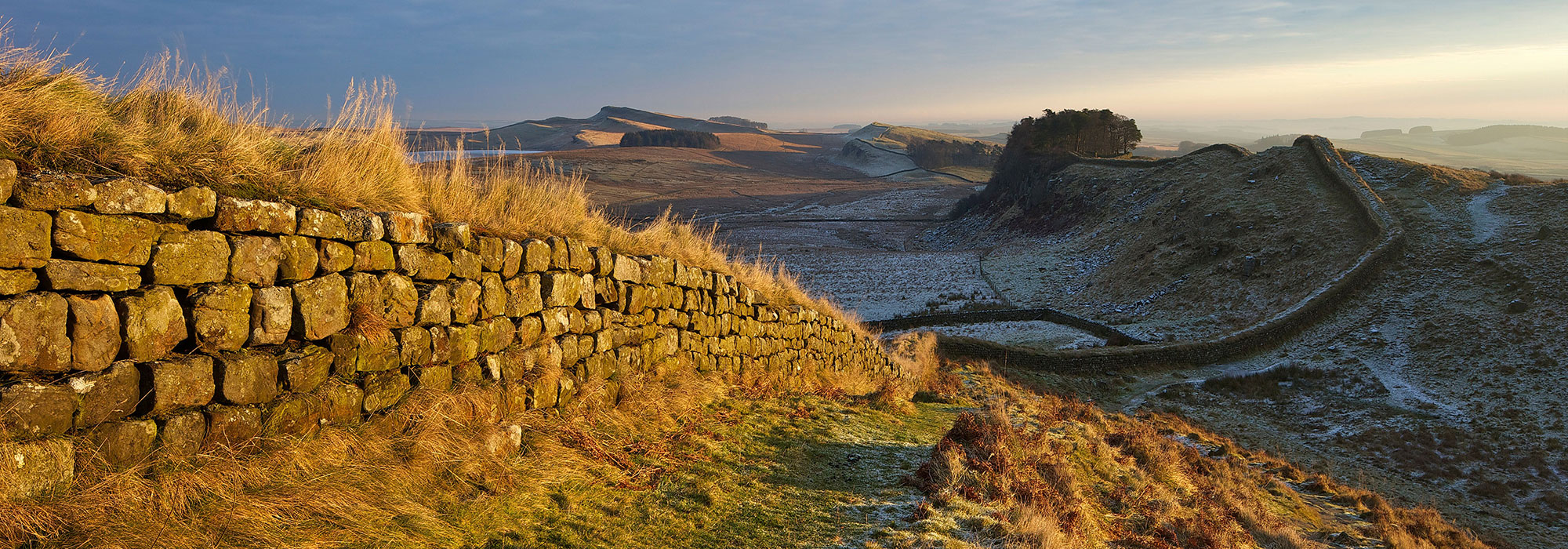
LUXOR, EGYPT—Thousands of stone blocks being kept in storage near Luxor turn out to be remains of the temple of the 18th-Dynasty pharaoh Thutmose I (r. ca. 1504-1492 B.C.), according to a report from Science & Scholarship in Poland. Egyptologist Jadwiga Iwaszczuk of the Institute of Mediterranean and Oriental Cultures of the Polish Academy of Sciences first identified some of the fragments, which were housed in a tomb that is used as a storage facility by the Egyptian Ministry of Antiquities. The fragments were excavated in the 1970s, and at the time were thought to belong to a temple built during the reign of Hatshepsut, who was Thutmose I’s daughter. In fact, that temple was discovered in recent years in the Ramesseum, the memorial temple of Ramesses II. Iwaszczuk identified the fragments as belonging to the temple of Thutmose I because the temple’s name appeared on some of them. Iwaszczuk and her team have now identified thousands of stone blocks that are part of the temple. Among their notable finds is an early portrayal, for the area, of a battle scene featuring chariots. For more, go to “Egypt’s Final Redoubt in Canaan.”










